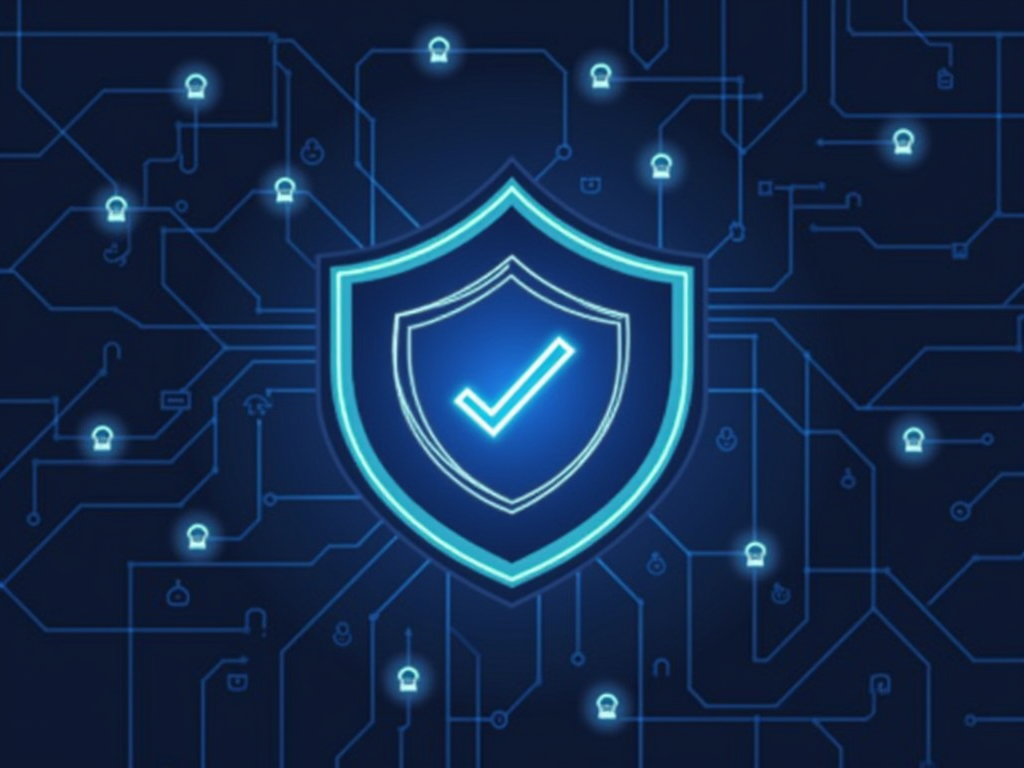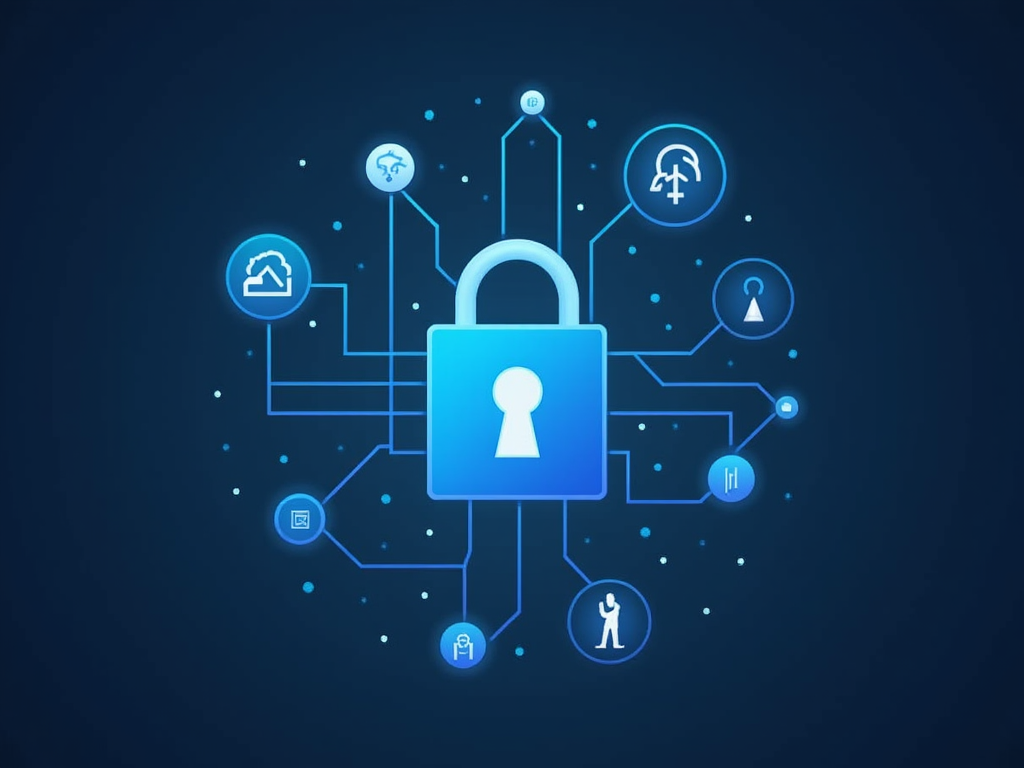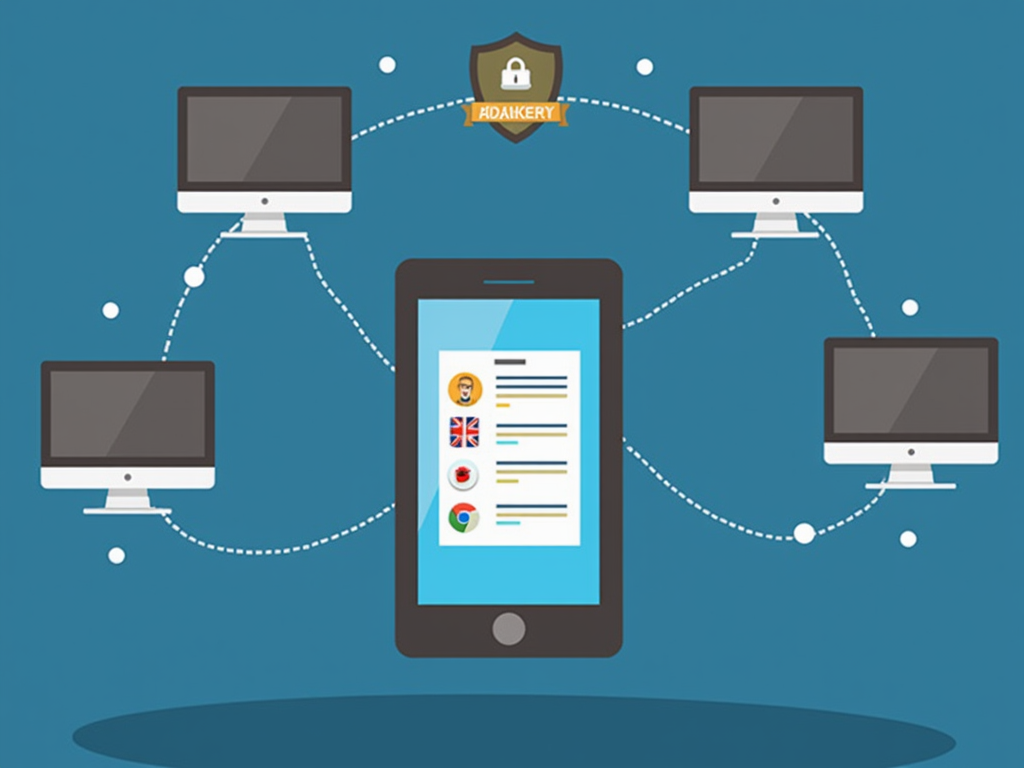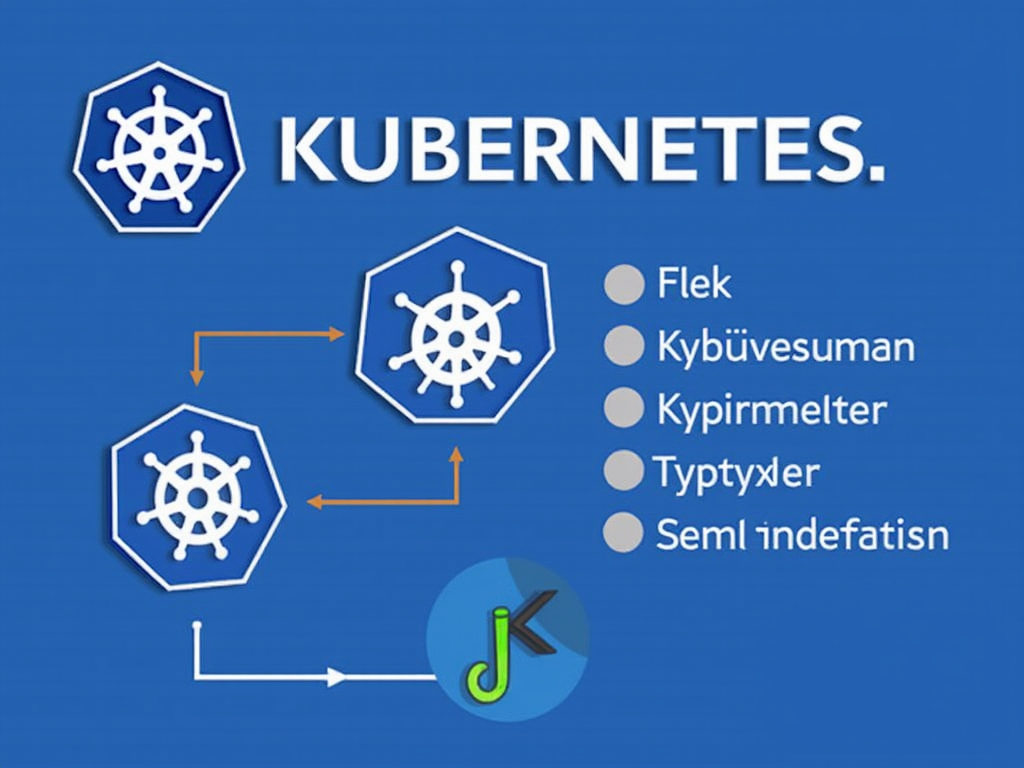Understanding the Importance of Secure Communication in Cybersecurity
In today’s digital age, communication is a crucial aspect of our daily lives. Whether it’s through email, messaging apps, or social media, we constantly share information with others. However, this increased reliance on communication has also introduced new risks and challenges for individuals and organizations alike. Secure communication plays a vital role in addressing these concerns, ensuring the confidentiality, integrity, and authenticity of transmitted data.
What is Secure Communication?
Secure communication refers to the process of transmitting sensitive or confidential information between two or more parties while protecting it from unauthorized access, modification, or theft. This involves using various technologies, protocols, and techniques to encrypt, decrypt, and verify the authenticity of the exchanged data.
Importance of Secure Communication in Cybersecurity
- Data Protection: Secure communication ensures that sensitive information remains confidential and protected from unauthorized access. This is particularly important for organizations handling financial transactions, personal identifiable information (PII), or sensitive business secrets.
- Prevention of Data Breaches: By encrypting data and verifying the authenticity of transmitted information, secure communication reduces the risk of data breaches, which can result in significant financial losses, reputational damage, and compliance issues.
- Compliance with Regulations: Many industries are subject to regulations that require sensitive data to be transmitted securely. Secure communication helps organizations comply with these regulations, avoiding potential fines or penalties for non-compliance.
- Enhanced Trust: When individuals and organizations engage in secure communication, they can trust that the information exchanged is authentic and protected from tampering or interception.
How Does Secure Communication Work?
- Encryption: Data is transformed into a code that only authorized parties can decipher. This ensures that even if an unauthorized party intercepts the data, it will remain unreadable.
- Authentication: The authenticity of transmitted information is verified through digital signatures, certificates, or other authentication mechanisms to ensure that messages come from trusted sources.
- Integrity: Data is protected from tampering or modification by using cryptographic techniques and digital signatures.
Best Practices for Secure Communication
- Use Strong Encryption Algorithms: Utilize reputable encryption algorithms like AES-256 or PGP to protect data in transit.
- Implement Authentication Mechanisms: Verify the identity of communicating parties through digital certificates, biometric authentication, or other means.
- Regularly Update Software and Firmware: Ensure that communication devices and software are updated with the latest security patches to prevent exploitation of known vulnerabilities.
- Monitor Communication Channels: Regularly monitor communication channels for signs of tampering, interception, or unauthorized access.
Conclusion
In today’s interconnected world, secure communication is no longer a luxury but a necessity. By understanding the importance of secure communication in cybersecurity and implementing best practices, individuals and organizations can protect sensitive information from unauthorized access, modification, or theft. Remember that secure communication is not just about preventing data breaches; it’s also about building trust and maintaining confidentiality in today’s digital age.
References
- National Institute of Standards and Technology (NIST). (2020). Secure Communication.
- Open Web Application Security Project (OWASP). (2020). Secure Communication.



